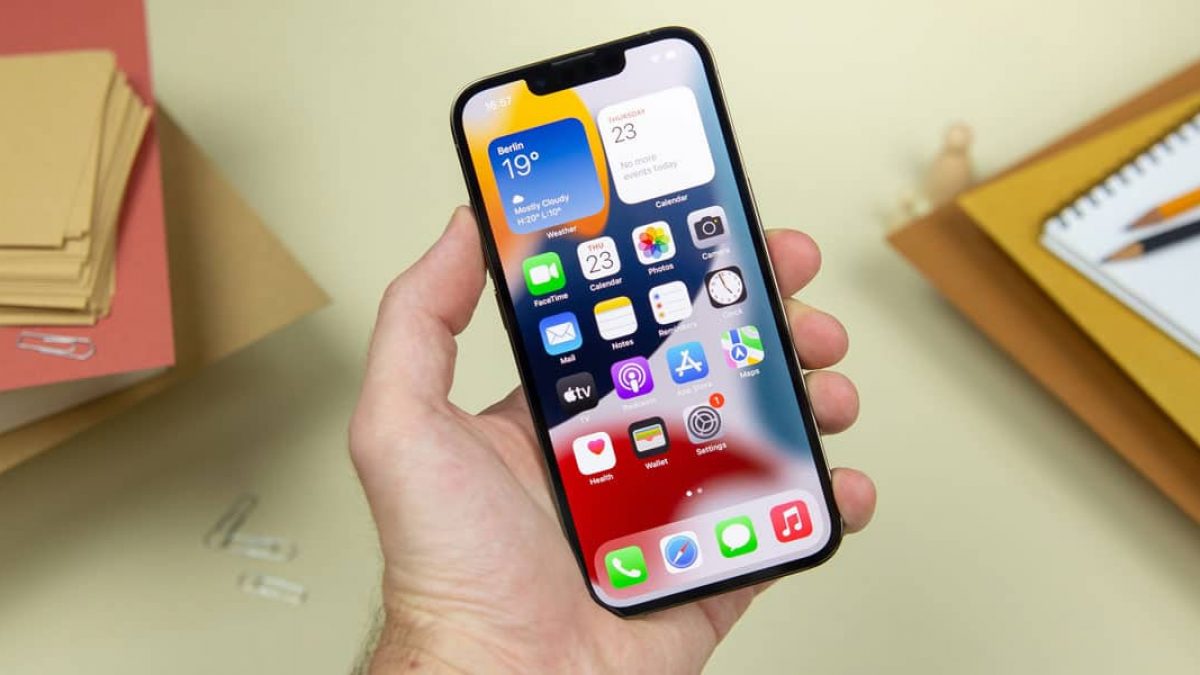
Calibrating your iPhone 11 touch screen can significantly enhance its responsiveness and accuracy, ensuring a seamless user experience. Whether you're encountering delays or inaccuracies when interacting with your device, understanding how to calibrate the touch screen can be immensely beneficial. By following a few simple steps, you can optimize the touch sensitivity and precision of your iPhone 11, ultimately improving its overall performance. In this article, we'll delve into the essential steps for calibrating your iPhone 11 touch screen, empowering you to troubleshoot and enhance your device's touch responsiveness. Let's explore the process of calibrating your iPhone 11 touch screen to unlock its full potential.
Inside This Article
- Understanding iPhone 11 Touch Screen Calibration
- Checking for Touch Screen Issues
- Calibrating iPhone 11 Touch Screen
- Conclusion
- FAQs
Understanding iPhone 11 Touch Screen Calibration
Calibrating the touch screen on your iPhone 11 can significantly improve its responsiveness and accuracy. The touch screen is the primary interface for interacting with your device, making it crucial for everyday use. Understanding how calibration works and when it’s necessary can help you maintain an optimal user experience.
Touch screen calibration involves adjusting the sensitivity and precision of the screen’s response to touch inputs. Over time, factors such as software updates, physical damage, or normal wear and tear can lead to deviations in touch accuracy. Calibrating the touch screen helps to realign the input recognition, ensuring that the device accurately registers touch gestures and commands.
iPhone 11 touch screen calibration is a proactive measure to address issues such as unresponsive areas, inaccurate touch responses, or erratic behavior. By recalibrating the touch screen, you can restore its performance, resulting in smoother navigation, precise typing, and seamless interaction with apps and features.
Checking for Touch Screen Issues
Before calibrating your iPhone 11 touch screen, it’s crucial to check for any underlying issues that might be affecting its performance. Start by examining the screen for any visible physical damage, such as cracks or scratches, which can interfere with the touch responsiveness. Additionally, ensure that the screen is free from dust, dirt, or moisture, as these elements can impede the touch functionality.
Next, test the touch screen across various applications and functionalities to identify any inconsistencies or unresponsive areas. Pay close attention to the responsiveness of the screen while typing, swiping, and using multi-touch gestures. If you notice any delays, inaccuracies, or unresponsive areas, it’s essential to address these issues before proceeding with the calibration process.
Furthermore, consider removing any screen protectors or cases that may be obstructing the touch sensitivity. Sometimes, third-party accessories can interfere with the touch screen’s performance, leading to calibration issues. By eliminating these potential barriers, you can ensure a more accurate and effective calibration process for your iPhone 11 touch screen.
Calibrating iPhone 11 Touch Screen
Calibrating your iPhone 11 touch screen can help resolve issues related to unresponsive or inaccurate touch responses. While the iPhone 11 is designed to deliver a seamless and responsive touch experience, occasional calibration may be necessary to ensure optimal performance.
When your iPhone 11 touch screen becomes unresponsive or starts registering touches inaccurately, it can be frustrating. This may occur due to various reasons such as software glitches, physical damage, or even a simple misalignment of the touch screen. Calibrating the touch screen can often address these issues, restoring the smooth and accurate touch response you expect from your device.
It’s important to note that the iPhone 11 touch screen calibration process is not a built-in feature provided by Apple. However, there are methods and best practices that can help optimize the touch screen’s performance, effectively achieving similar results to traditional calibration.
Before attempting any form of calibration, it’s crucial to ensure that your iPhone 11 is running the latest version of iOS. Software updates often include bug fixes and optimizations that can improve touch screen performance. Additionally, backing up your device’s data is recommended to prevent any potential data loss during the calibration process.
Calibrating the touch screen on your iPhone 11 can significantly improve its responsiveness and accuracy, enhancing your overall user experience. By following the simple steps outlined in this guide, you can troubleshoot touch screen issues and ensure that your device functions optimally. Remember to keep your iPhone’s software updated and utilize genuine accessories to maintain its performance. As technology continues to evolve, staying informed about troubleshooting techniques and device maintenance is essential. With a calibrated touch screen, you can navigate your iPhone 11 with ease, enjoying seamless interactions and efficient functionality.
FAQs
Q: Why is it important to calibrate the iPhone 11 touch screen?
Calibrating the iPhone 11 touch screen helps ensure accurate touch response and can resolve issues such as unresponsive areas or erratic touch behavior.
Q: Can I calibrate the iPhone 11 touch screen myself?
No, the iPhone 11 touch screen does not have a user-accessible calibration feature. However, there are steps you can take to troubleshoot touch screen issues without calibrating it directly.
Q: What should I do if my iPhone 11 touch screen is not responding properly?
If your iPhone 11 touch screen is not responding as expected, you can try cleaning the screen, restarting the device, updating the software, or contacting Apple Support for further assistance.
Q: Will calibrating the touch screen void my iPhone 11 warranty?
No, calibrating the touch screen will not void your iPhone 11 warranty, as it is not a user-performed action. However, it’s important to follow Apple’s recommended troubleshooting steps and seek authorized support if needed.
Q: Can a software update fix touch screen issues on the iPhone 11?
Yes, software updates can potentially address touch screen issues by providing bug fixes and performance improvements. It’s advisable to regularly update your iPhone 11 to ensure optimal functionality.
